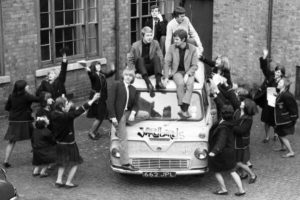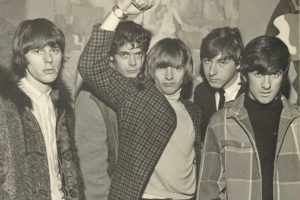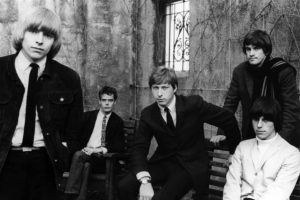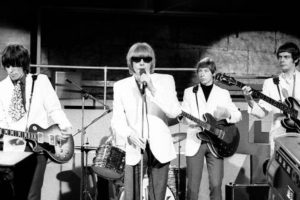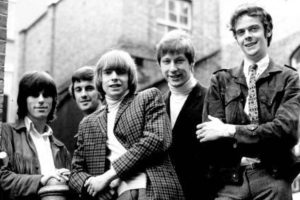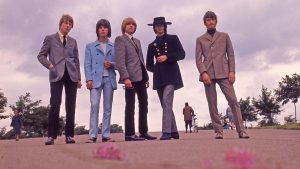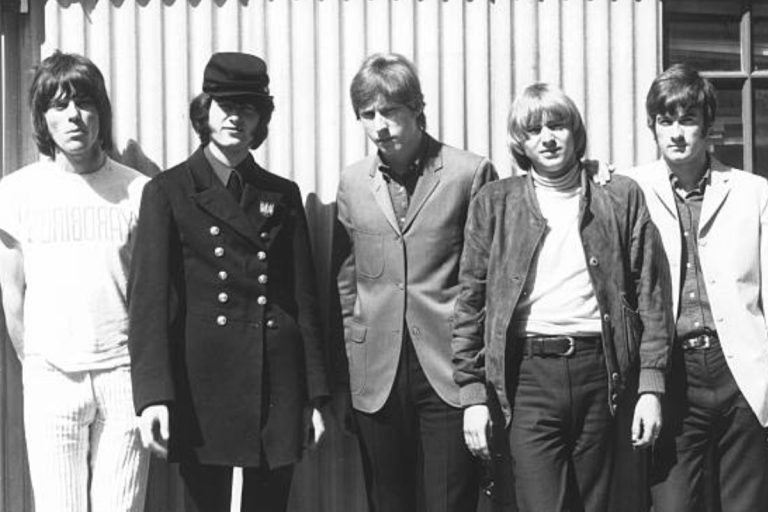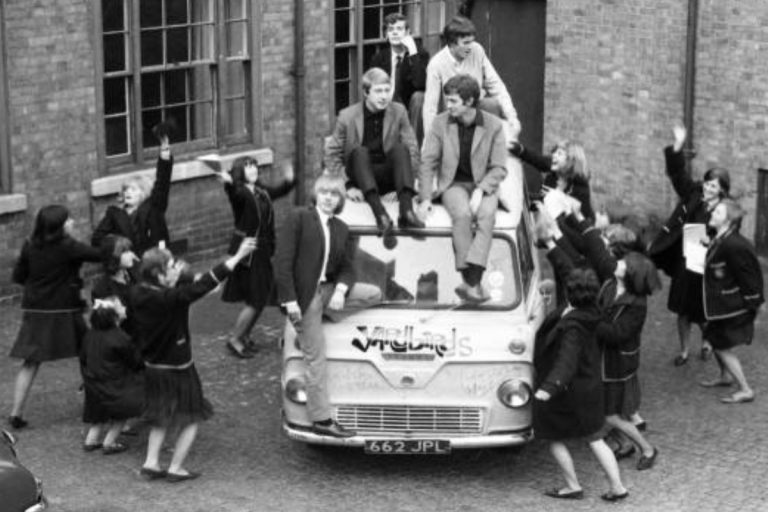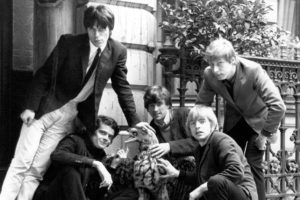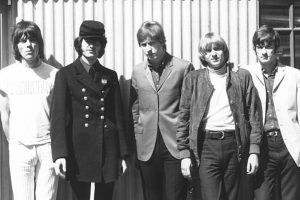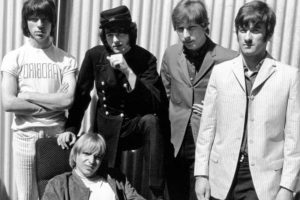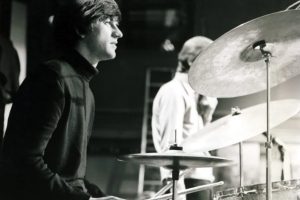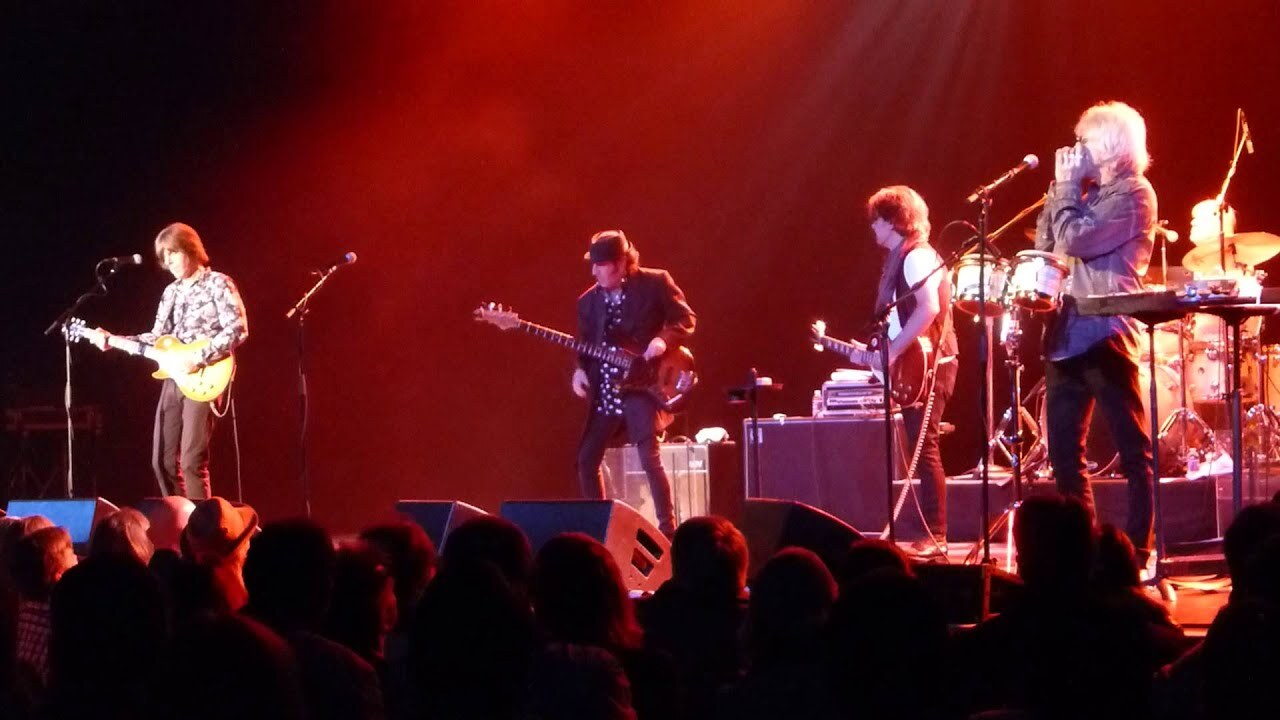
Pioneers of a Musical Revolution
The Yardbirds were a transformative force in 1960s music, leaving an unparalleled impact on rock and blues. Emerging from the British blues boom, they bridged the raw intensity of Chicago blues with the emerging experimental sounds of rock and psychedelia. Their music was a crucible for innovation, where groundbreaking techniques reshaped the possibilities of contemporary music.
What sets The Yardbirds apart is not just their iconic songs but also the legendary musicians who passed through their ranks. Eric Clapton, Jeff Beck, and Jimmy Page—three of the most influential guitarists in rock history—all honed their craft with The Yardbirds. Through their willingness to push boundaries and embrace bold ideas, the band became a cornerstone of modern music, influencing genres as diverse as hard rock, heavy metal, and psychedelic rock.
This article delves into how The Yardbirds revolutionized music, exploring their role in the British blues boom, their innovative guitar techniques, and their lasting inspiration for modern artists.
Role in the British Blues Boom
In the early 1960s, Britain experienced a blues renaissance as young musicians drew inspiration from the American blues records making their way across the Atlantic. This movement, often referred to as the British blues boom, became the foundation for a wave of innovative music that would dominate the decade. The Yardbirds were at the forefront of this revolution, playing a crucial role in bringing Chicago blues to a new audience.
From their earliest days, The Yardbirds were steeped in the blues tradition. They built their reputation through electrifying live performances that paid homage to their heroes—blues legends like Howlin’ Wolf, Sonny Boy Williamson, and Bo Diddley. Their debut album, Five Live Yardbirds (1964), captures this connection. Recorded live at the Marquee Club in London, the album showcases their energetic reinterpretations of blues standards. Tracks like “Smokestack Lightning,” originally by Howlin’ Wolf, and “Boom Boom,” a John Lee Hooker classic, demonstrate their ability to channel the soul of the blues while adding their youthful vigor and creativity.
The Yardbirds didn’t merely copy these blues tracks; they reimagined them. By infusing their renditions with amplified guitar work, dynamic vocals, and a high-energy stage presence, they modernized the blues, making it more accessible to a younger audience. Eric Clapton, the band’s first lead guitarist, brought a reverence for the genre that informed their early sound. His expressive solos and deep understanding of blues traditions became a defining feature of their performances.
Their influence wasn’t limited to the UK. As they gained popularity, The Yardbirds helped reintroduce blues music to American audiences, many of whom were unaware of the genre’s depth and power. This transatlantic exchange reinvigorated the careers of many original blues artists while inspiring a generation of British musicians who would go on to dominate global music charts. The Yardbirds’ role in popularizing the blues cannot be overstated—they were cultural ambassadors for a genre that had been overlooked by mainstream audiences.
Introducing Guitar Innovation
While The Yardbirds initially gained fame as torchbearers of the blues, they quickly established themselves as pioneers of guitar innovation. The band became a proving ground for some of rock’s greatest guitarists, each of whom brought a unique approach to the instrument that would redefine its role in modern music.
Jeff Beck, who replaced Eric Clapton in 1965, was at the forefront of this transformation. His experimental approach to the guitar introduced new techniques that expanded the instrument’s sonic possibilities. Tracks like “Shapes of Things” exemplify Beck’s revolutionary style. Released in 1966, the song is often credited as one of the first examples of psychedelic rock. Beck’s use of feedback, fuzz tones, and sustain created a soundscape that was entirely new, capturing the spirit of an era that was increasingly defined by experimentation.
Jimmy Page, who joined the band after Beck’s departure, continued this legacy of innovation. Known for his technical brilliance and creative vision, Page used the guitar as a tool for exploration. During his time with The Yardbirds, he began experimenting with the violin bow, a technique he would later perfect with Led Zeppelin. Songs like “Over Under Sideways Down” highlight Page’s intricate riffs and layered arrangements, offering a glimpse into the groundbreaking work that lay ahead.
These innovations didn’t exist in a vacuum—they influenced contemporaries like Jimi Hendrix, whose use of feedback and distortion was inspired by Beck’s work. The Yardbirds’ pioneering techniques also laid the groundwork for genres like hard rock and heavy metal. Their willingness to embrace experimentation and push boundaries transformed the guitar from a supporting instrument into the centerpiece of modern rock music.
Inspiration for Modern Artists
The Yardbirds’ influence extends far beyond their own recordings, shaping the sound and direction of countless artists and bands. Perhaps their most direct legacy lies in the formation of Led Zeppelin. When The Yardbirds disbanded in 1968, Jimmy Page formed “The New Yardbirds” to fulfill contractual obligations before renaming the group Led Zeppelin. The thunderous riffs, epic arrangements, and blues-infused sound that defined Led Zeppelin were deeply rooted in Page’s time with The Yardbirds.
Their influence didn’t stop there. Aerosmith, one of the defining bands of 1970s rock, drew heavily from The Yardbirds’ approach to blending blues with rock. Steven Tyler and Joe Perry often cited The Yardbirds as a key influence, particularly in their use of dynamic guitar riffs and high-energy performances. Aerosmith’s cover of “Train Kept A-Rollin’,” a track popularized by The Yardbirds, is a testament to the band’s enduring impact.
In the decades that followed, The Yardbirds’ experimental ethos inspired artists across genres. Bands like The Black Keys have carried forward their legacy, blending raw blues traditions with modern rock sensibilities. Their stripped-down sound and focus on emotive storytelling echo The Yardbirds’ early work. Meanwhile, the psychedelic textures introduced by tracks like “Heart Full of Soul” continue to influence contemporary artists, from indie bands to electronic musicians.
Even outside of rock, The Yardbirds’ spirit of innovation has found resonance. Their willingness to experiment with form and technique serves as a blueprint for artists looking to break free from traditional constraints. Whether through their genre-defying sound or their embrace of risk-taking, The Yardbirds remain a source of inspiration for musicians seeking to push boundaries.
A Legacy of Innovation and Influence
The Yardbirds’ contributions to modern rock and blues are nothing short of transformative. They were more than a band—they were innovators who reshaped the musical landscape. By introducing audiences to the power of the blues, revolutionizing guitar techniques, and inspiring generations of artists, The Yardbirds carved out a legacy that continues to resonate.
Revisiting their music offers a glimpse into the evolution of modern rock, highlighting the bold ideas and creative risks that defined their career. For fans of music history or those looking to understand the roots of today’s rock and blues, The Yardbirds’ catalog is an essential journey. Their story is one of collaboration, experimentation, and an unrelenting drive to redefine what music can be.
